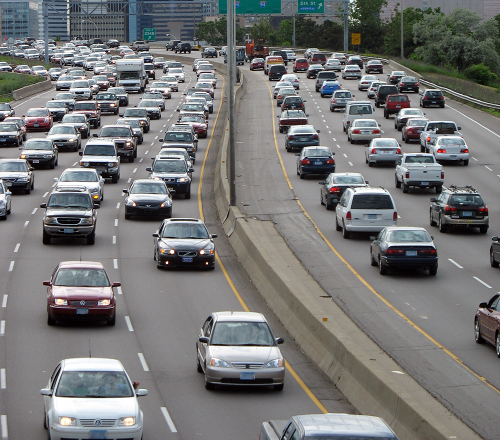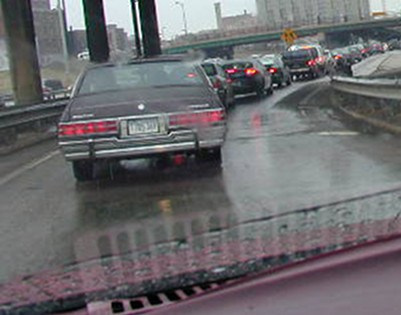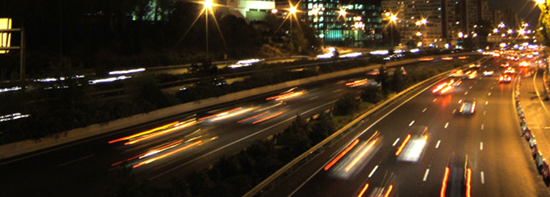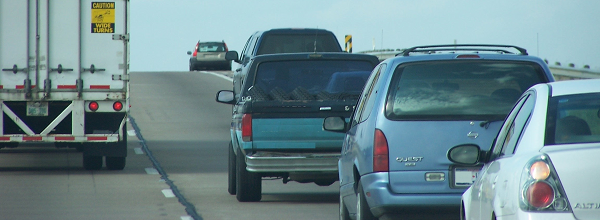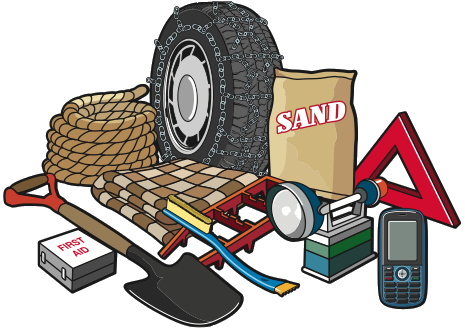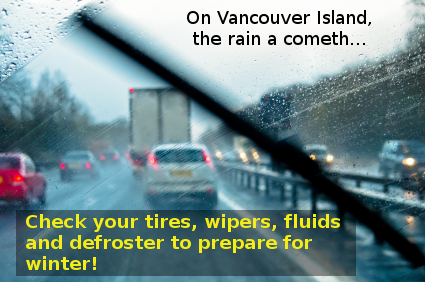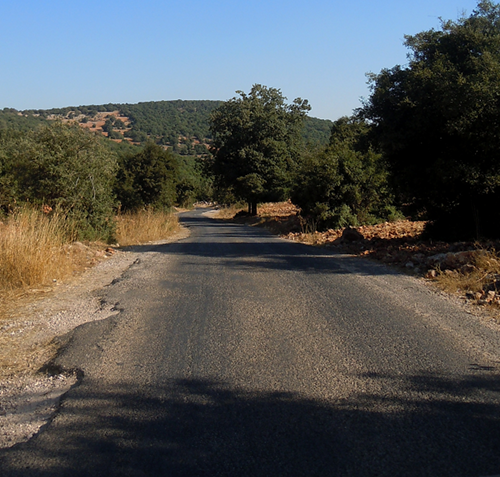CSTT Driving Tips | General Driving Part 4
November 6, 2014
Rush Hour
No one is going anywhere fast, so why do we call it rush-hour? Perhaps if we called it something else, the daily commute would be less stressful! How about “audio hour”; that way motorists can listen to their favourite podcast, audiobook, or music on their way to and from work!?!
Experts assert that if you listen to an audiobook for 60 minutes everyday for 2 years during your daily commute, it is comparable to doing a Master’s degree!
Stopped Traffic
Space Management: when stopping, stop far enough back so you can see the tires make contact with the pavement. This technique allows you to move up in the event of a rear-ender, or around if the vehicle in front breaks down!
Both space management & risk assessment skills and abilities are the keys to new driver having a long and safe driving career!
Night Driving
Dim your dash lights at night to avoid distraction & to reduce fatigue.
At night, motorists’ ability to see is reduced by as much as 50%.
Following too close
“Following too close”: it’s in the top 3 reasons for crashes, between “speeding” and “failing to yield”.
Increase your following distance to 2 seconds minimum!
In adverse weather conditions, increase your following distance to as much as 5 seconds – “so we can be safe”.
Winter Emergency Kit
In the event of being stranded in your vehicle during the winter, how long could you survive? Never… ever attempt to walk to safety – it is simply too dangerous. The shelter your vehicle provides will most likely save your life. See our blog for more info.
Winter Rain
Have you prepared yourself mentally for the coming winter rains on the North American West Coast?
Breakdown
On long trips, prepare for breakdowns: ensure your cell phone is charged; and if someone approaches, stay in the car & send them to call the auto club or police.
It is not a matter of “if” your vehicle is going to break down,but when it is going to breakdown.
Eyes
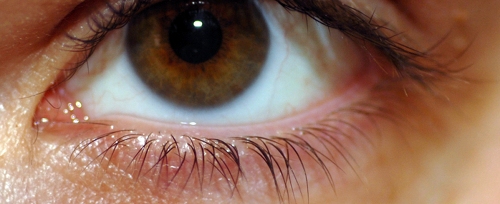
80% of the information required to drive is collected through the eyes – when was the last time you had your eyes examined?
Rural Driving
Although 2X the number of crashed occur in cities, twice as many fatal crashes occur in rural areas!
Slow down in unfamiliar places: look for changes in road, other traffic and animals.
Sunset & Sunrise Driving
Sunset & Sunrise are the most challenging times to drive owing to the dark landscape & bright sky – road users are hidden in the darkness because motorists’ eyes are adjusted to the light sky!
Return to School
The children are returning to school next week, let’s adjust our driving – slow down in school zones & stop for school buses until the lights are off.

